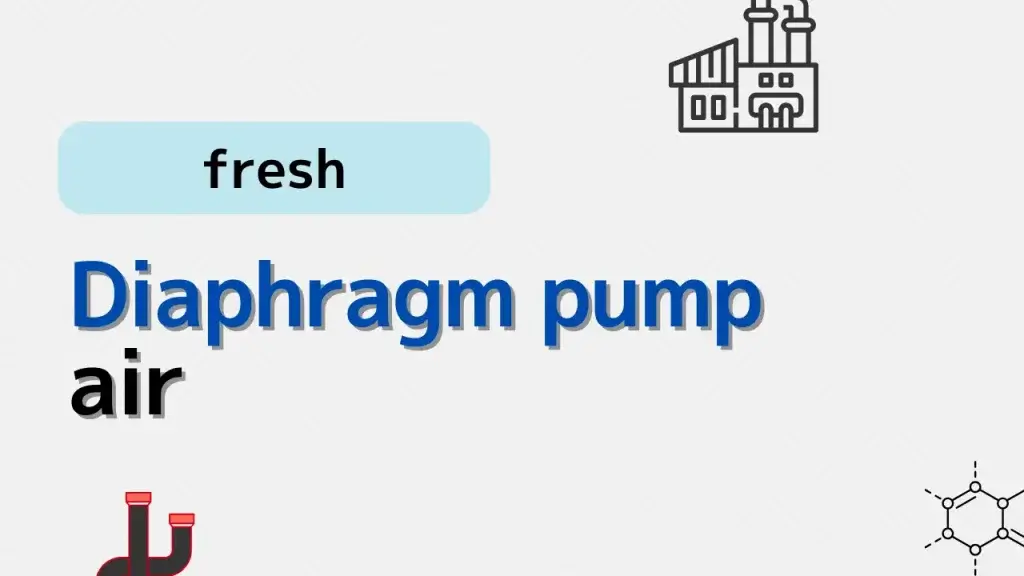Diaphragm pumps are widely used in chemical plants, often powered by compressed air. If you’re working with one for the first time, you may wonder:
- How much air is needed?
- What pressure should be used?
- Does the air quality matter?
This article answers these questions in a simple, practical way—so you can operate diaphragm pumps efficiently and safely.
Introducing articles from plantengineering.com.
Diaphragm pumps are powered by air.
Mechanically, the quality of the air determines the pump’s lifespan.
This post is in a series about pump device
Screw Pumps in Chemical Plants: Simple, Reliable, and Often Overlooked
What Is a Line Pump? Features and Applications for Beginners
Why Gear Pumps Are Ideal for High-Viscosity Liquids
Where and Why Plunger Pumps Are Used: High-Pressure Solutions for Tough Applications
No trash
Air is produced using air from the atmosphere.
Simply compressing air to make compressed air may provide enough power to drive a diaphragm pump, but it will not operate for long periods of time.
There are various types of debris floating in the air.
If this is not removed, it will cause clogs in the pump.
Lack of moisture
Air contains moisture.
Compressed air also contains residual moisture.
If this moisture gets into the pump, it can cause clogging or rust.
Suitable oil
It is preferable to have oil to drive a diaphragm pump.
Oil is not contained in air, but it is advantageous for operating machinery.
The performance of recent diaphragm pumps has improved, and there are an increasing number of cases where oil is not required in the compressed air itself.
Conclusion
Operating a diaphragm pump isn’t just about connecting a hose—it’s about supplying the right air pressure, flow, and quality. Understanding these basics helps you avoid downtime, extend pump life, and ensure safe operation.
If you’re setting up a diaphragm pump, start with the air supply—it’s half the system.
